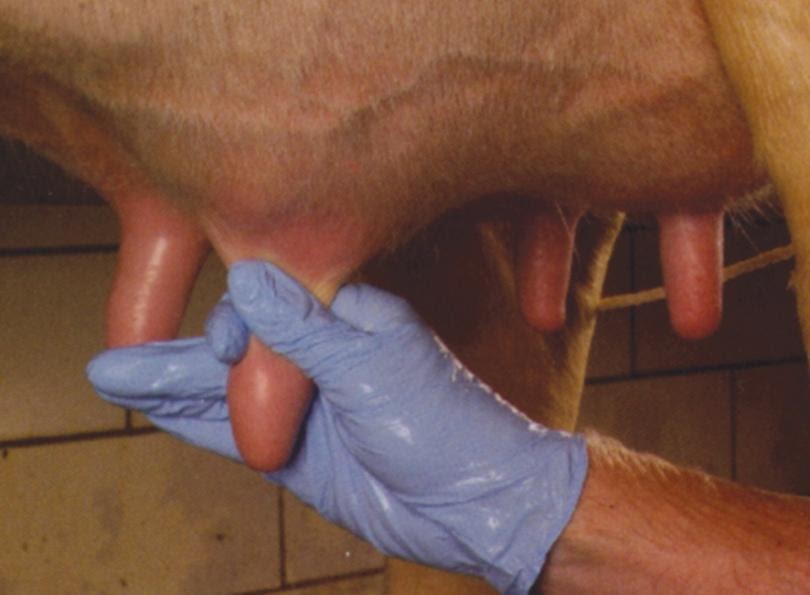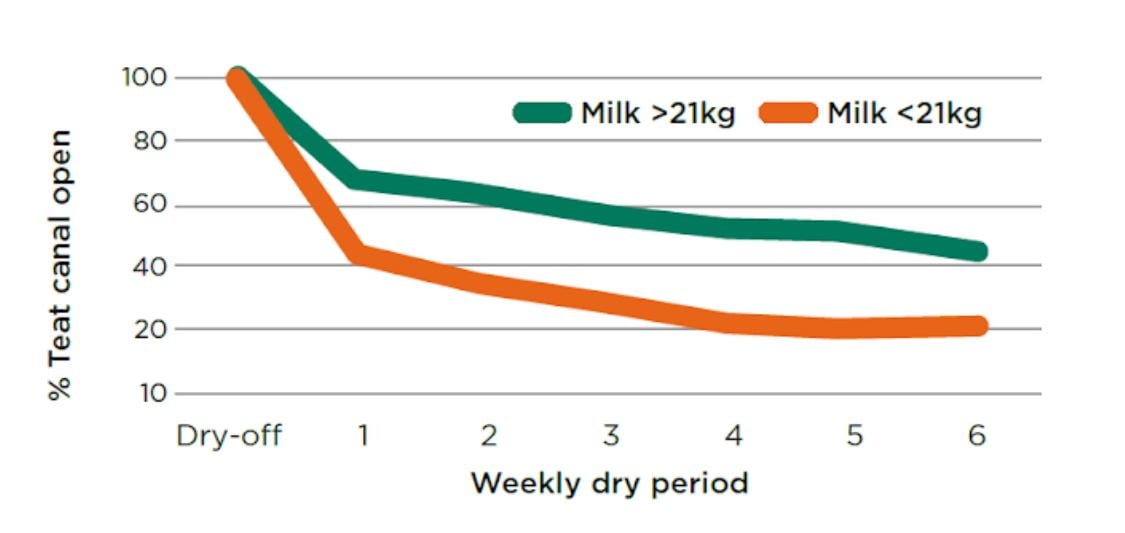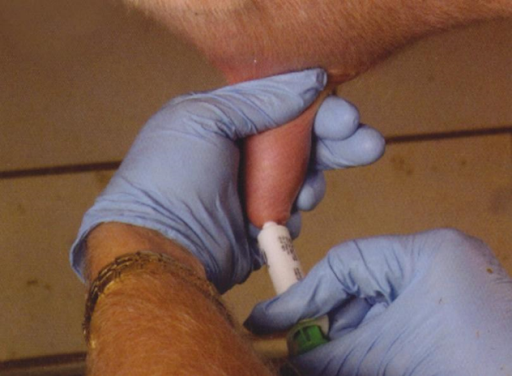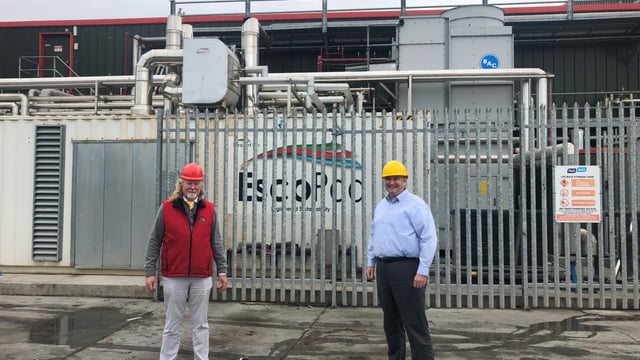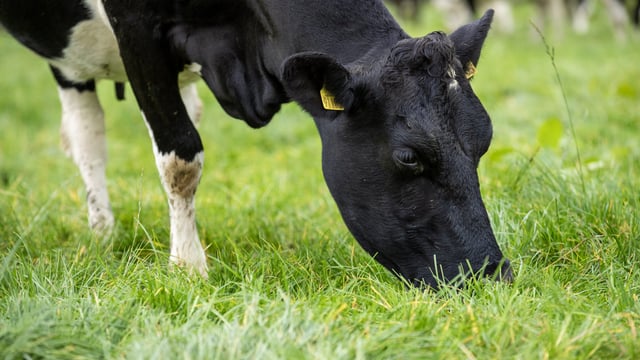Sponsored Article

Sponsored Article
Preventing new infection with blanket teat sealant
Sponsored Article

Blanket antibiotic dry cow therapy is no longer justified, sustainable nor responsible in the modern Irish dairy herd. However, blanket use of an internal teat sealant at drying off is both justified, sustainable and responsible.
Blanket use of antibiotic dry cow therapy was one of the five pillars of the Five-point Mastitis Control Plan developed in the early 1960s. At that time, mastitis caused by bacteria like Strep agalactiae and Staph aureus was much more prevalent.
These infections were contagious and principally transmitted from one cow to the next during milking and chronically infected cows were the main source and reservoir of these bacteria.
Antibiotics played a part in controlling these infections, but they are now much less common in Irish dairy herds. In many herds there is still a role for the targeted use of narrow spectrum dry cow antibiotics (e.g. cloxacillin), but this should only be in a small percentage of the herd.
Bacterial infections that cause mastitis all enter the udder through the teat ends. The dry period is the main time at which mastitis infections are acquired on many Irish farms with up to 70% of all new intra-mammary infections acquired during the dry period.
Although the infections are acquired during the dry period, they do not manifest themselves as a clinical case or subclinical case of mastitis until the following lactation.
We therefore can attribute many early lactation infections to infection acquired during the dry period.
Despite the risks associated with the dry period, all cows still require an adequate dry period to allow the cow to recover from the previous lactation and for the udder to regenerate. Naturally, during the dry period, a keratin plug forms in the teat canal and acts as a physical defence mechanism to protect against bacterial infections entering the udder.
However, this natural protective mechanism is not always effective. Roughly a quarter of lower yielding dairy cows may fail to develop a complete keratin plug in the dry period. Without this barrier, there is a greater risk of bacteria entering the udder.
Boviseal replaces the natural keratin plug and has been proven to consistently prevent more than one in three cases of mastitis in the following lactation.
The dry period represents the best opportunity to cure existing infection, however it is still essential to prevent new infections.
Dry cow therapy allows:
It is essential that all other aspects of dry cow management are optimal.
So, all cows in all herds should receive a quality-teat sealant, like Boviseal, but there will be a few that also require an antibiotic prior to receiving the teat sealant. Correct application of all intrammamary products is essential.
In the past, the use of broad spectrum antibiotic dry cow tubes has masked poor hygiene and technique on insertion of teat sealants. Now that there will be less use of antibiotics at dry off, the procedure on many farms will need to be adapted.
This will result in less cows being dried off on any given day and more man power and time being devoted to the process to ensure maximum hygiene and sterility.
Below are some guidelines to ensure the correct application of teat sealants:
In summary, all dairy cows should receive Boviseal at drying off. A few may also require a narrow spectrum antibiotic to treat existing infections that may have been detected through records of clinical mastitis or raised somatic cell counts through regular milk recording.
The sterile application of all intramammary tubes is essential to ensure that infections are not introduced by the operator.
For more information on Boviseal, click here.
Boviseal Dry Cow Intramammary Infusion contains 2.6g Bismuth subnitrate per syringe. LM. For further information please contact your veterinary surgeon or Zoetis: by phone; 01 256 9800, or visit them online; www.zoetis.ie.
Sponsored Article



